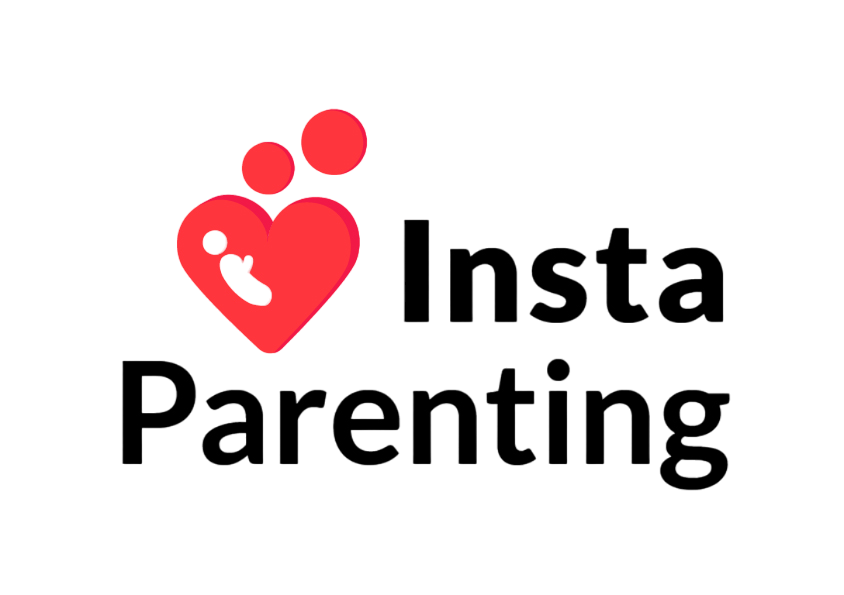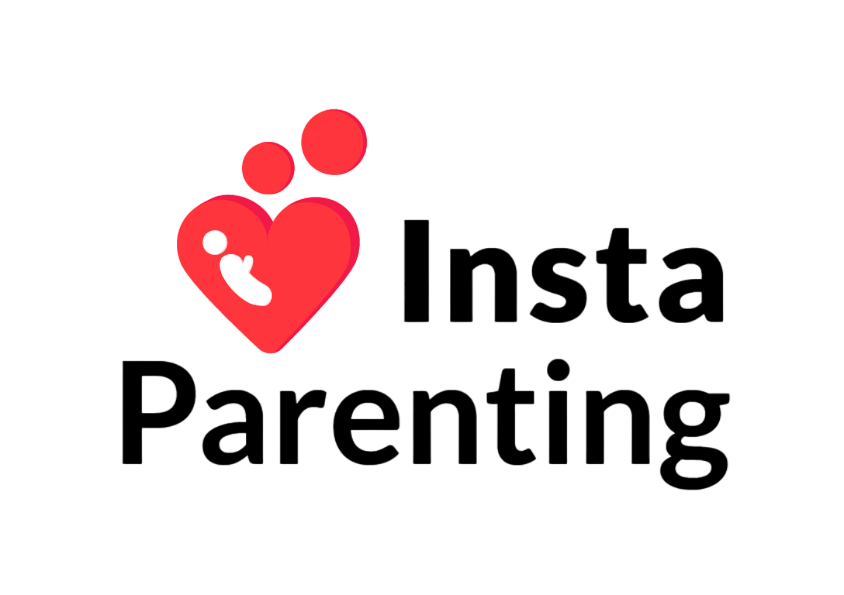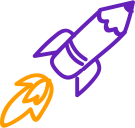Children develop the fastest from birth to 5 years old. These changes take place across various domains of development i.e.
- Cognitive
- Physical (Fine and Gross Motor)
- Socio-emotional and
- Language.
Most children follow a certain pattern of growth and development or achieve certain skills/abilities at a particular stage in development. These are called developmental milestones. However, it is important to note that every child grows and develops at their own pace, and might achieve a few milestones faster or slower than usual. If you feel concerned about your child not achieving a milestone, contact your pediatrician or speak to our expert.
Did you know?
90% of a child’s brain development happens by the age of 6?
Cognitive Development:
- Copies gestures.
- Continues to explore things in various ways.
- Has a better understanding of object permanence – finds hidden objects easily.
- Has a better understanding of cause-and-effect relationship.
- The ability to remember is improving.
- Recognizes or knows familiar people and associates them to their names.
- Looks and points at the right object or picture, when named (e.g. ball, car, body parts – nose, hair, eyes, etc.).
- Begins to understand what certain objects are used for (e.g. comb – combing hair, broom – sweeping the floor, etc.).
- Like to experiment while playing (e.g. what happens if I put a toy inside the water bucket?)
- Begins to use trial and error while playing to solve problems (eg- tries on various lids for a bottle/container till they find the right one).
- Might begin to use mental representations while playing (e.g. using a comb to ‘talk on a telephone’, etc.).
- States preferences when given choices e.g. chooses from various candies.
- Understands simple one-step questions and instructions like “Where is the ball?” (by 18 months).
- Understands simple two-step questions and instructions like “Pick up the ball and put it in the box.” (by 24 months).
- Begins to develop an understanding of similarities and differences – might be able to group items by shape, primary colours, etc.
- Begins to develop a basic understanding of certain concepts like size, day and night, one and many, etc.
- Begins to become aware of daily routine activities like bathing, naptime, feed time, etc.
- Recognizes self when looking in the mirror.
- Has some basic understanding of spatial awareness (e.g. up-down, above-below, inside-outside).
- Attention span can range from 2-3 minutes (16-19 mths) to 3-6 minutes (by 2 yrs) (Keeps increasing with age and might require adult assistance to stay focused).
Physical Development:
- Sits without assistance (begins to sit on a small chair or stool).
- Cruises – uses the support of something/someone (e.g furniture) to walk.
- Begins to stand on their own.
- Might take a few steps without support.
- Begins walking, unassisted, by 15-18 months (begins running shortly, thereafter).
- Running skills improve by 22 months but may still face difficulty stopping suddenly.
- Begins to integrate other actions/movements while walking (e.g- stopping, squatting and standing, stopping and waving goodbye).
- Begins to climb stairs while holding on for support (uses 2 feet on each step).
- Might be able to walk backwards, a few steps.
- Starts moving/shaking/dancing to music.
- Jumps down from a low height.
- Kicks a ball (not very accurately).
- Plays ‘roll the ball’ (but rolls the ball with moderate accuracy).
- Enjoys playing with push and pull toys.
- Uses index (pointer) finger to poke and point.
- Engages in various fine motor activities like:
- Turning pages in a book more efficiently (2-3 pages at a time).
- Holding various things like spoons, blocks, etc. (might build 3-4 block towers)
- Putting on and taking off lids from containers (if not too tight).
- Throwing a ball overhand.
- Tearing a piece of paper.
- Stringing beads with medium sized holes onto a stick/sturdy wire.
- Scribbling with crayons or pencils (may copy a straight line drawn).
- Uses entire arm, when drawing or painting on a large surface.
- Might undress simple clothes like clothes without buttons or zippers (e.g. pulling down pants with elastic waistband).
Socio-emotional Development:
- Has a favourite thing/toy/person, etc.
- Repeats sounds or actions to get attention.
- Shows a range of emotions (e.g. fear, joy, impatience, frustrations, displeasure, anger, pride, etc.) and related behaviour (e.g. laughter, temper tantrums, etc.)
- Identifies their own face in the mirror.
- Asserts their wants/desires by saying “no” more frequently.
- Might laugh along with other people as a way to be accepted.
- Might use a blanket or soft toy to feel secure (in the absence of the parent).
- Tries to show independence by using ‘mine’, ‘I want’ or ‘I do’ while interacting with others.
- Begins to engage in more socio-dramatic play (e.g. feeding a doll, cooking food, talking over the telephone).
- Might initiate a few games like ‘roll/pass the ball’ with familiar adults.
- Might begin to engage in parallel play (playing alongside others without interacting with them) by the time they are 2 years old.
- Shares more willingly with adults rather than children.
- Begins to understand basic courtesies like ‘thank you’.
- Has a desire to do things independently but lacks the ability to do so.
- Enjoys doing simple tasks to ‘help’ adults (e.g. picking up shoes and putting them on the shoe-rack).
Language Development:
- Continues to babble while developing vocabulary.
- Picks up on clues like shaking head for “no” or waving for “bye-bye”.
- Understands and responds to simple spoken words/sentences (e.g. Give mama the ball) by 18 months.
- Combines words and body language to make themself better understood e.g. Points to a dog and says, “doh” for “Look, there’s a dog.”
- Imitates various noises/sounds like animal sounds.
- Begins to use a modulate tone while talking to make sounds more speech-like.
- Tries to say the names of frequently seen people (e.g. mama, dada, nana, etc.)
- Begins to use the words ‘yes’ and ‘no’ with purpose.
- Picks up/learns a new word almost every other day by 18 months (Might know more words than they can say).
- By 1 year, says 4-6 simple words.
- By 18 months, 10 to 15 words.
- By 2 years, about 100 or more words.
- By 1 year, says 4-6 simple words.
- By 18 months, 10 to 15 words.
- By 2 years, about 100 or more words.
- Begins using simple two-word sentences (e.g. “Mommy go”) by 18 to 24 months.
- Might begin asking questions like “What is … ?” by 2 years.
- Shows an enthusiasm to communicate.
- Vocabulary keeps expanding with exposure to more words.
- Pronunciation is still not clear and might need translation for outsiders.
- Begin to imitate words immediately after hearing them.
Feeding and Sleeping Information:
- Feeds self with fingers and spoon.
- Drinks from a cup more proficiently and without help.
- Might take an afternoon nap.
- Tends to sleep for 10 to 12 hours at night, peacefully.
Did you know?
Research reveals that – every $1 invested in an early childhood program can yield $4-$16 in returns.
Helps your child achieve the above milestones through simple at home activities for 1 year old. Subscribe to Jyppzer Kids Plan Today!





